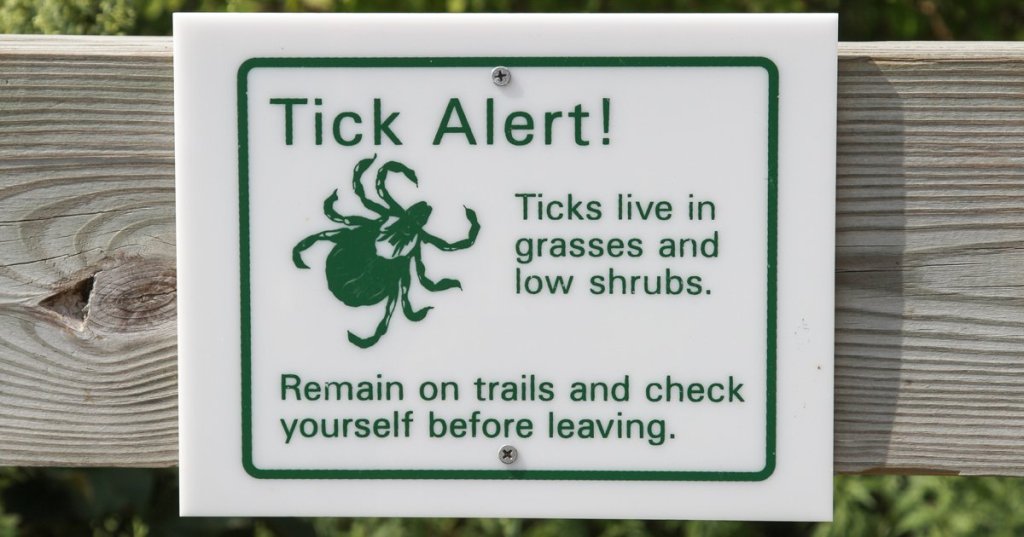Summer is almost over…but tickscarrying Lyme Disease are very much alive. Veterinarians from the American Veterinary Medical Association (AVMA) have joined with the American Academy of Pediatrics (AAP) to warn people that despite the close of summer, people and their pets who spend time in the same environments where Lyme and other disease-transmitting ticks are found, should follow safety precautions.
According to the AVMA people whose animals have been diagnosed with Lyme disease should consult their physician about their own risk. Doctors from the AAP suggest that people who have been diagnosed with Lyme disease should consult their veterinarian to assess their pet’s risk based on the animal’s lifestyle and possible environmental exposures.
According to the Centers for Disease Control (CDC), “Lyme disease is an infection caused by a bacterium known as Borrelia burgdorfori. It is spread by the bite of the tiny black-legged tick, which is found in forests or grassy, wooded, marshy areas near rivers, lakes or oceans. People or animals may be bitten while hiking or camping, during other outdoor activities, or even while spending time in their backyards.”
Lyme disease appears in specific areas of the United States, including southern New England states; eastern Mid-Atlantic states; the upper Midwest— particularly Wisconsin and Minnesota; and the West Coast, especially northern California. When you consult with your doctor and your pet’s veterinarian, you should be able to give a recent history of the places in the country that you have visited. The CDC has a mapdetailing confirmed cases of Lyme disease throughout the years.
If you suspect your dog may have Lyme disease, check to see if he is experiencing lack of appetite, lameness, and joint swelling. Recurrent lameness also is possible. The involved extremity may be tender due to joint inflammation that lasts from days to weeks and migrates from one extremity to another. Your pets may also experience fever and decreased activity.
If a child or pet is diagnosed with Lyme disease, it is likely that other family members or pets also have been in an environment that could lead to exposure. So consult with your physician and your dog’s veterinarian about further evaluation or testing.
Take Precautions
To avoid exposure to tick bites, avoid areas where ticks are found; cover arms, legs, head, and feet when outdoors; wear light-colored clothing; use insecticides; and checking for ticks as soon as you are indoors.
If you suspect that your pet was in a tick-infested area, schedule a veterinarian visit as soon as possible. Veterinarians from the AVMA suggest clearing shrubbery around your home and keep your lawn well maintained. Also check for ticks on yourself and your pets as soon as you come in from the outdoors.




